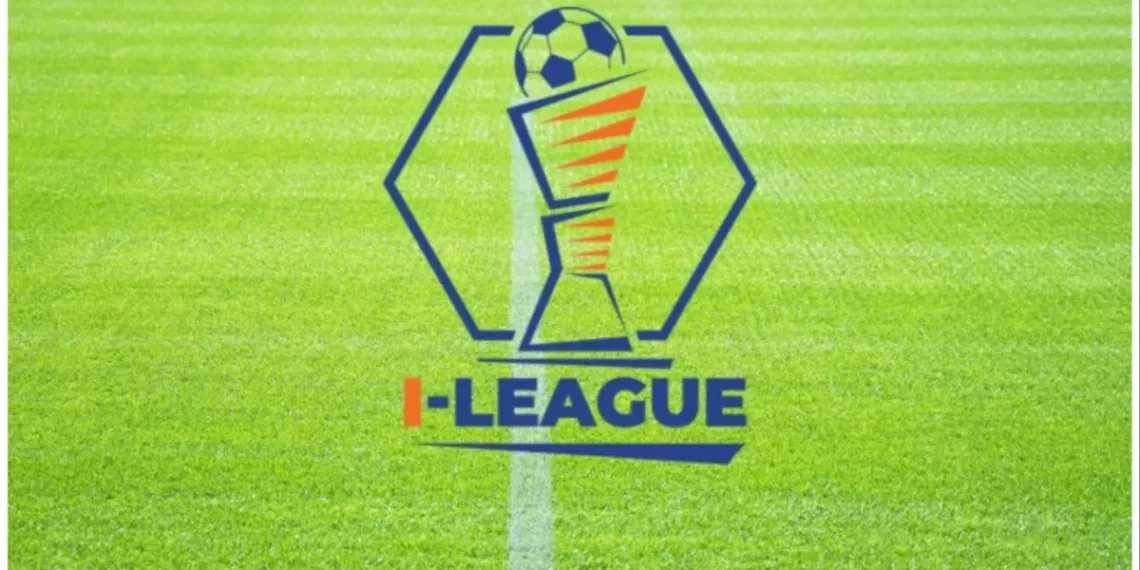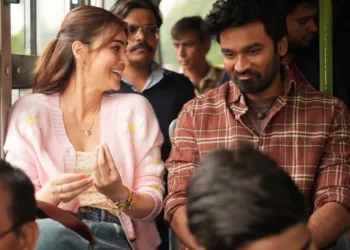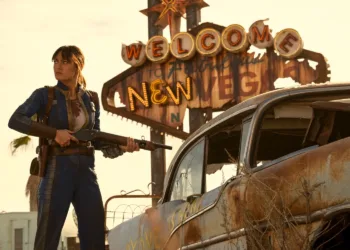Eight I-League clubs have taken the extraordinary step of assembling in Delhi to directly petition Sports Minister Mansukh Mandaviya, bypassing the All India Football Federation in a bold move that underscores the deepening crisis threatening Indian domestic football. The club owners rejected an AIFF invitation for a hastily arranged meeting on November 12, instead choosing to present their grievances and demands directly to the government on Thursday morning, November 14. This unprecedented bypass of the federation signals a complete breakdown in trust between the I-League clubs and the AIFF leadership, as the entire domestic football ecosystem teeters on the edge of collapse.
Table of Contents
The Rebellion That Shocked Indian Football
When the All India Football Federation sent out invitations for a crucial meeting with I-League club CEOs on November 12, they expected cooperation in finding solutions to the commercial partner crisis that has paralyzed Indian football. Instead, eight I-League clubs—representing more than half of the competition’s participants—collectively declined the invitation, citing insufficient notice and questioning the federation’s sincerity in addressing their concerns.
| Eight I-League Clubs That Rejected AIFF Meeting |
|---|
| Gokulam Kerala FC |
| Chanmari FC |
| Diamond Harbour FC |
| Sreenidi Deccan FC |
| Shillong Lajong FC |
| Namdhari FC |
| Real Kashmir FC |
| Rajasthan United FC |
Rather than participating in what they viewed as another fruitless dialogue, these clubs coordinated a separate meeting in Delhi and drafted a comprehensive letter outlining their demands to AIFF Deputy Secretary General M. Satyanarayan. More significantly, they arranged a face-to-face meeting with Union Sports Minister Mansukh Mandaviya, effectively going over the heads of AIFF President Kalyan Chaubey and his executive committee.
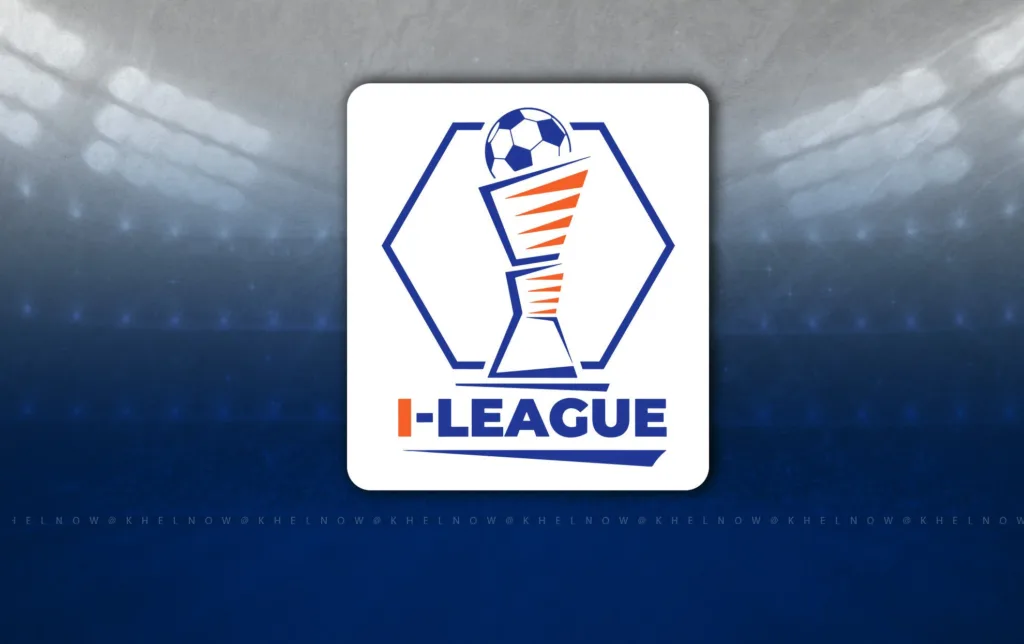
The meeting with Minister Mandaviya took place on Thursday morning at the Sports Ministry, attended by seven representatives from the I-League clubs. Also present were Sports Secretary, Sports Authority of India Director General Hari Ranjan Rao, and Joint Secretary Kunal, indicating the government’s serious attention to the crisis. According to ministry sources, Mandaviya gave the I-League representatives a patient hearing and instructed the Sports Authority of India to step in and engage with all stakeholders, urging “constructive dialogue” between the AIFF, Indian Super League, and I-League clubs.
The Crisis That Brought Indian Football to Its Knees
The current impasse stems from the breakdown of the relationship between the AIFF and Football Sports Development Limited, which has served as the federation’s commercial partner since 2010 under a 15-year Master Rights Agreement. With that agreement set to expire on December 8, 2025, the AIFF’s attempts to secure a new commercial partner have failed spectacularly, leaving both the Indian Super League and I-League seasons in limbo.
The Supreme Court of India has barred the AIFF from entering into long-term commercial agreements until the federation’s draft constitution case is resolved—a legal morass that has dragged on for years. When the AIFF finally floated an open tender for a new commercial partner, they released a Request For Proposal that industry insiders described as commercially unviable, with potential operating losses estimated at Rs 200 crore annually on top of a guaranteed Rs 37.5 crore payment to the AIFF.
| Timeline of Indian Football Crisis |
|---|
| 2010 – FSDL becomes AIFF commercial partner (15-year agreement) |
| November 2024 – AIFF claims renewal talks began |
| February 2025 – First official meeting between AIFF and FSDL |
| April 2025 – Supreme Court bars AIFF from long-term agreements |
| July 11, 2025 – ISL 2025-26 season officially put on hold |
| November 12, 2025 – AIFF meeting with clubs fails; I-League clubs boycott |
| November 14, 2025 – I-League clubs meet Sports Minister |
| December 8, 2025 – Current FSDL agreement expires |
Despite interest from four parties including FSDL itself, not a single bid was submitted. The RFP’s terms—offering the commercial partner only one seat on the ISL’s six-member board while the AIFF retained two seats plus veto power—made the proposition untenable for potential investors. Additionally, the AIFF’s overestimation of their bargaining power and the inability to guarantee legal clarity around their constitutional issues scared off potential bidders.
The consequences have been devastating. The ISL season, typically launching in September, remains suspended. Defending champions Mohun Bagan have halted training operations. Seven ISL clubs withdrew from the Durand Cup. Academy programs have been frozen. Player contracts hang in uncertainty. Support staff face unpaid salaries. The entire football pyramid—from grassroots development to elite competition—has ground to a standstill.
I-League’s Comprehensive Demands
In their letter to the AIFF and their presentation to the Sports Minister, the eight I-League clubs outlined clear, specific demands that reflect both urgency and frustration with the federation’s handling of the crisis.
Their primary demand centers on structural reform: all three tiers of Indian football—the Indian Super League, I-League, and I-League 2—should be managed by a single common commercial partner. This unified approach, the clubs argue, would ensure long-term holistic growth and sustainability for the national league ecosystem rather than the current fragmented structure where different competitions operate under different commercial arrangements.
“Keeping in mind the fundamental importance of a multi-tier league national structure for the development of football in the country (Tier 1-2-3), we suggest that all three leagues in this case ISL, I-League and I-League-2 should be managed by one common league partner,” the letter stated. “This shall ensure long-term holistic growth and sustainability to the National League ecosystem of the country.”
Beyond structural reform, the I-League clubs made urgent timeline demands. They requested the immediate announcement of the I-League season within the next 10 days through interim measures, with the competition commencing by December 15, 2025, and no later than January 5, 2026. This timeline reflects the clubs’ operational reality—they need certainty to finalize player contracts, secure sponsorships, arrange logistics, and plan their financial commitments for the season.
The clubs also specified broadcast requirements, insisting that the I-League must be telecast by India’s top two sports broadcasters—either Star Sports with JioStar (following the recent merger) or Sony Sports with Sony Liv. This demand reflects years of frustration over inadequate broadcast coverage that has hampered the I-League’s commercial growth and visibility compared to the heavily promoted ISL.
“Needless to say, the league should be telecast by top two broadcasters (Star Sports and Jio-Hotstar, Sony Sports and Sony Liv),” the letter emphasized. “This will ensure all 330 of the nation’s top professional footballers are positively engaged in a competitive league system for our Nation’s continuous growth.”
The Human Cost of Administrative Failure
While administrators engage in legal battles and power struggles, the human cost of this crisis mounts daily. India’s top footballers—the very athletes whose performances are supposed to drive the sport’s popularity—have watched helplessly as their careers are put on indefinite hold.
On November 11, prominent Indian footballers including national team captain Sunil Chhetri, goalkeeper Gurpreet Singh Sandhu, defender Sandesh Jhingan, and others released a joint statement that captured the desperation spreading through the player community. “We, professional footballers who play in the Indian Super League, are coming together to make a plea, and more importantly, to send the message that we stand united in our efforts to get the Indian Super League season underway. To put it simply, we want to play, and now,” the statement read.
The players described how their initial anger and frustration has transformed into something more troubling—sheer desperation. For footballers operating in a country where the sport lacks the commercial infrastructure of cricket, missing even one season can have devastating financial and career consequences. Many players have families to support, mortgages to pay, and limited career windows in which to maximize their earning potential.
Beyond the elite players, the crisis affects thousands of individuals across the football ecosystem. Support staff members—coaches, physiotherapists, kit managers, groundskeepers—face uncertain employment. Youth academy players see their development pathways blocked. Broadcasters have empty programming slots. Sponsors who invested in clubs and competitions watch their marketing investments evaporate. Local economies that depend on match-day revenues suffer losses.
Sandesh Jhingan articulated the frustration on social media: “Everybody in the Indian football ecosystem is worried, hurt, and scared about the uncertainty we are faced with.” His words captured not just elite player concerns but the anxiety rippling through every level of Indian football.
AIFF’s Response and the Path Forward
The I-League clubs’ letter to the AIFF began with a tone that mixed hope with disappointment: “The commencement of the current committee headed by Kalyan Chaubey came with a lot of hope and optimism that Indian football developmental ecosystem will see better days than the past.” This opening line encapsulates the clubs’ disillusionment—they had believed the current AIFF administration would improve matters, only to face perhaps the worst crisis in Indian football’s modern history.
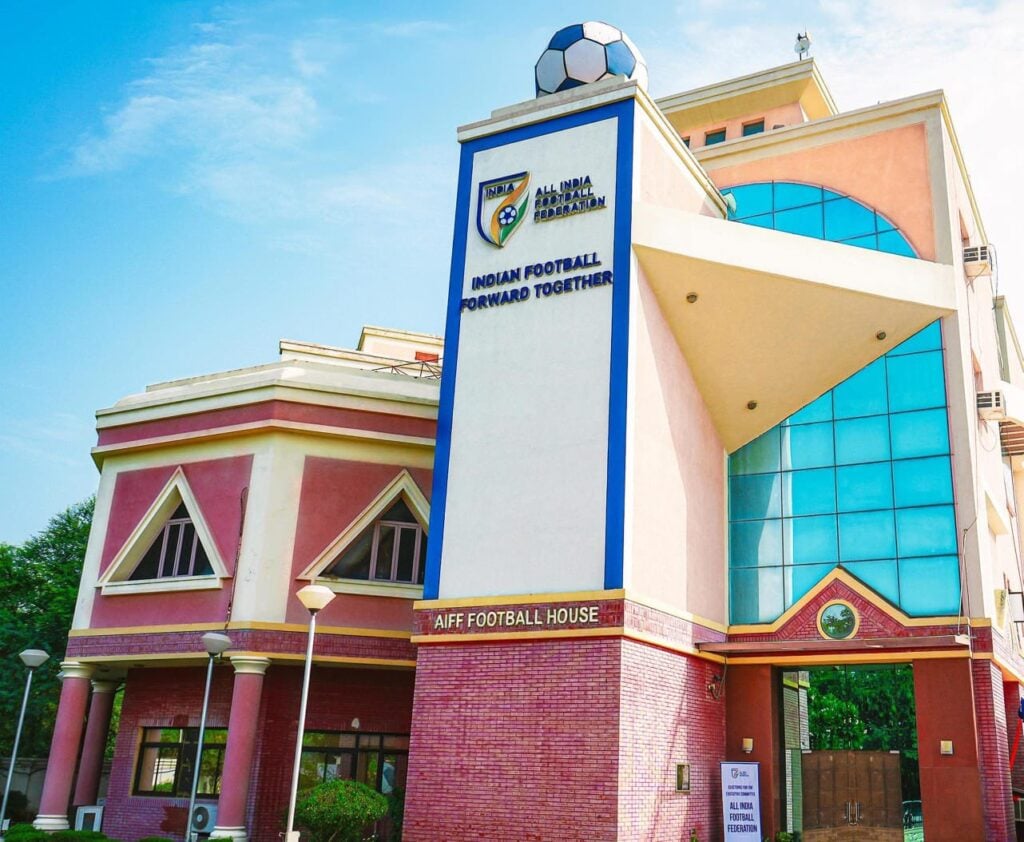
AIFF President Chaubey has maintained that the league will take place, stating publicly: “As AIFF President, I assure you that the league will take place.” However, he has acknowledged that timelines depend on the Supreme Court’s ruling and the FIFA calendar. According to reports, Chaubey is hoping for legal direction from the Supreme Court before November 29, with optimism that if the court decision arrives by then, the AIFF could secure a commercial partner within the following month to begin the ISL season in January.
The federation has proposed cramming the ISL into a January-May calendar window—potentially 180 matches in 150 days—a compressed schedule that would create its own set of challenges around player welfare, match quality, and broadcasting logistics. This proposal appears at odds with the I-League clubs’ demands for their competition to commence by mid-December, raising questions about whether both leagues can be accommodated or if one will be sacrificed.
Government Intervention: Last Resort or New Beginning?
Sports Minister Mandaviya’s intervention represents a critical juncture for Indian football. After hearing the I-League representatives’ concerns, the minister instructed the Sports Authority of India to engage with all stakeholders and facilitate constructive dialogue. This government involvement—rare in Indian football administration—signals recognition at the highest levels that the sport’s governance has failed.
The question now is whether government pressure can break the deadlock where legal proceedings and federation leadership have not. The Sports Ministry’s involvement adds political weight to the resolution process, potentially pressuring the AIFF to adopt more realistic commercial terms and encouraging potential commercial partners to engage despite the legal uncertainties.
However, government intervention also carries risks. FIFA’s statutes prohibit government interference in football administration, and excessive government involvement could theoretically trigger FIFA sanctions including suspension from international competition. The balance the Sports Ministry must strike is delicate—applying sufficient pressure to force resolution while maintaining the appearance that ultimate decision-making authority remains with the AIFF as the autonomous football federation.
What Happens If the Deadlock Continues
If the crisis extends beyond December without resolution, Indian football faces catastrophic consequences. The expiration of the FSDL agreement on December 8 without a replacement partner means the AIFF loses its guaranteed annual payment of Rs 50 crore—funds essential for the federation’s day-to-day operations, grassroots development programs, and national team preparations.
Without commercial revenues, the AIFF cannot organize any competitions. The I-League season the clubs are demanding cannot happen. The ISL remains suspended. Youth development programs shut down. National team preparation for upcoming international fixtures becomes compromised. India’s FIFA ranking—already modest—could plummet as the national team goes extended periods without competitive matches for players.
For clubs operating on already tight budgets, an extended shutdown could prove terminal. Several I-League clubs operate on shoestring finances, dependent on seasonal revenues from sponsorships, gate receipts, and prize money. An entire season without football could force clubs to fold, permanently damaging the competitive structure of Indian football.
The broader implications extend to India’s football credibility on the continental stage. With the AFC Asian Cup and FIFA World Cup qualifying campaigns on the horizon, the national team needs its domestic competitions functioning to maintain player fitness and form. Extended domestic paralysis would handicap India’s international competitiveness for years to come.
The Bigger Picture: Structural Reform or Recurring Crisis
The I-League clubs’ demand for a unified commercial partner managing all three tiers of Indian football addresses a fundamental structural problem that has plagued the sport for years. The current system—where the ISL operates under one commercial arrangement while the I-League and I-League 2 function separately—has created a two-tier hierarchy that undermines the sport’s overall development.
The ISL, launched in 2014 with significant commercial backing from FSDL, has enjoyed superior broadcast coverage, marketing investment, and public attention. Meanwhile, the I-League—historically India’s top division before the ISL’s creation—has been relegated to secondary status despite containing many of the country’s oldest and most traditional clubs with genuine grassroots support.
This structural divide has created resentment, competitive imbalances, and inefficient resource allocation. A unified commercial structure could potentially address these issues by ensuring proportional investment across all tiers, coordinated scheduling that avoids calendar conflicts, integrated promotion-relegation systems that reward sporting merit, and cohesive marketing that builds the entire football ecosystem rather than favoring one competition.
However, implementing such reform requires consensus among stakeholders with diverging interests—ISL clubs who benefit from current arrangements, I-League clubs seeking parity, the AIFF protecting its institutional authority, and commercial partners evaluating profitability. The current crisis, despite its pain, may represent the best opportunity in years to force the structural changes Indian football desperately needs.
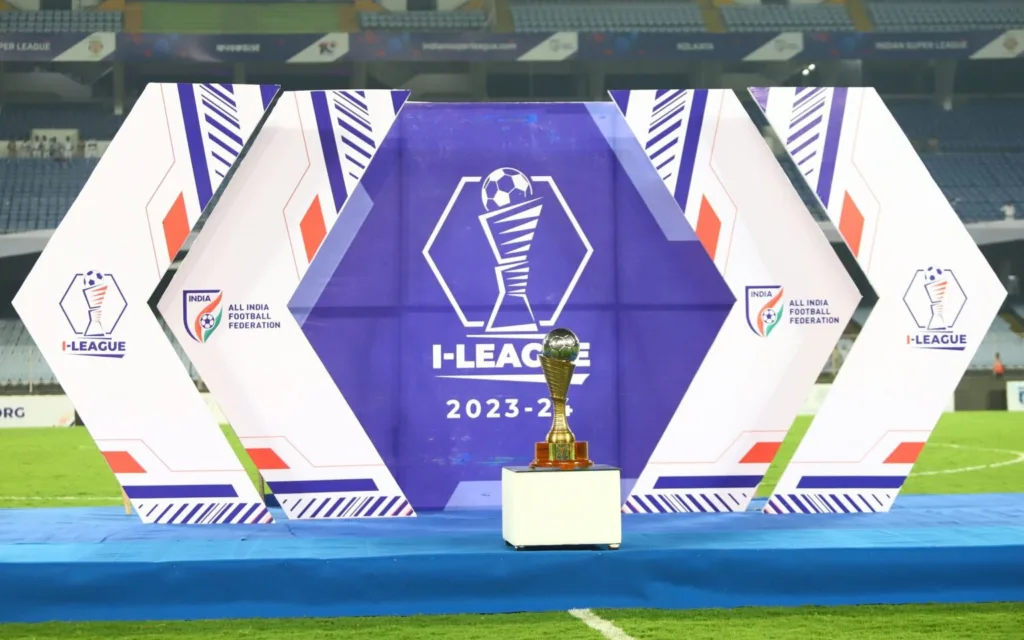
The next few weeks will determine whether Indian football emerges from this crisis with a sustainable structure for long-term growth or slides deeper into dysfunction. The I-League clubs have made their position clear: they will not accept further marginalization. The government has signaled its willingness to intervene. The Supreme Court holds legal authority over key decisions. And the AIFF faces perhaps its most consequential test since its founding.
For the 330 professional footballers currently waiting to play, for the thousands of support staff needing employment, and for the millions of Indian football fans desperate to watch their sport, the clock is ticking.
Read More: Real Madrid Drops ‘Santiago’ from Bernabéu Stadium Name in Major Rebrand
FAQs
Why did I-League clubs boycott the AIFF meeting?
Eight I-League clubs boycotted the AIFF meeting on November 12 because it was called with only two hours’ notice, which they felt demonstrated lack of seriousness from the federation. Instead, they assembled in Delhi to meet Sports Minister Mansukh Mandaviya directly, believing government intervention offers better prospects for resolving the crisis.
What are the main demands of I-League clubs?
The I-League clubs demand: (1) A single commercial partner managing ISL, I-League, and I-League 2, (2) Immediate announcement of the I-League season within 10 days, (3) League commencement by December 15, 2025 (no later than January 5, 2026), and (4) Broadcast coverage on Star Sports/JioStar or Sony Sports/Sony Liv networks.
What caused the Indian football crisis?
The crisis stems from the AIFF’s failure to secure a new commercial partner before the current agreement with Football Sports Development Limited expires on December 8, 2025. Supreme Court restrictions on new agreements and an unrealistic tender process with commercially unviable terms resulted in zero bids from interested parties.
How many I-League clubs are there?
The I-League currently has 14 clubs, though eight of them—Gokulam Kerala, Chanmari, Diamond Harbour, Sreenidi Deccan, Shillong Lajong, Namdhari, Real Kashmir, and Rajasthan United—collectively boycotted the recent AIFF meeting to pursue direct government intervention instead.
When will the I-League season start?
The I-League season start date remains uncertain amid the ongoing crisis. The participating clubs are demanding the season commence by December 15, 2025, and no later than January 5, 2026, but this depends on the AIFF resolving the commercial partner issue and the Supreme Court providing legal clarity.

